The Saltwater Magazine for Gulf Coast Fishing!
FISHING FORECASTS | FISHING CALENDARS | ARTICLES | SUBSCRIBE
Winter 2010 Preview
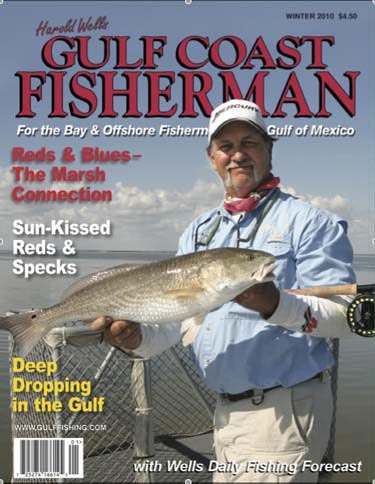
As most serious saltwater fishermen know, winter water is often much clearer, as the cooler temps cause a variety of marine blooms to die off. In the Lower Laguna Madre, the water clarity on a typical winter day can best be described as 'crystal.' However, winter is also a time of extremes when it comes to water conditions in Deep South Texas. Whereas most winter days it is no problem seeing to the bottom of the bay - even in deeper water - when a front blows through, the water conditions do a 180. Since the Lower Laguna Madre is oriented south to north and has little in the way of surrounding wind block from trees, a howling north wind can quickly turn the water muddy. But, thanks to the thick blanket of grass on the bay floor, even the muddiest of water will clear within a day or so of the wind subsiding. So, in general, anglers fishing along the Mexican border during the winter months can expect one of two water conditions - crystal clear or horribly muddy...
Capt. Lenny Maiolatesi is not your typical offshore angler. Tucked within the console of his 32-foot Twin Vee is a veritable arsenal of electronics - commercial plotters, sounders, computers, drop cameras with umbilical cords and transducers that weigh more than 40 pounds. Chances are that ordinary anglers would have little use for such sophisticated equipment. And some may even question the necessity of such an array. But Maiolatesi's role may be as much of an underwater explorer as a big game fisherman. He goes to great lengths and extreme depths to uncover these remote "honey holes." "Capt. Lenny" employs a lethal combination of pricey technology and closely guarded information to uncover these deep-water hot spots. Depths will vary greatly depending on the species of fish he is looking
for. He may be scouting 250-foot depths for snapper, cobia or amberjack,
or analyzing the seafloor 800 feet down for huge grouper haunts. On the
far end of Lenny's continuum are the exotic "marine lab species"
in depths of more than 1,400 feet. Some of these fish may include black
drift fish, coral fish, barrel fish or scorpion fish. However, most guests
with Fighting Chicken Sportfishing target more conventional
species such as cobia, snapper, amberjack, grouper, tuna, wahoo, king mackerel
and even swordfish.
"The Mobile Bay area offers a variety of fishing opportunities,"
said Capt. Lynn Pridgen of Captain Lynn's Inshore Adventures. "During
the winter, the bay can really get rough. When it gets rough, we have to
find protected water. I've seen waves splashing over the causeway seawall,
but we can find places to get out of the weather. Even on a bad day, there
are unlimited places where we can fish." Blues and Reds
by Chester Moore, Jr. Thump! The shock of an extremely hard strike vibrated down my braided line, up my rod and onto my hands. Targeting flounder at the tail end of the fall run, I thought I just might have the flatfish of a lifetime on the other end of the line. I waited a couple of seconds, set the hook super hard and watched my medium-heavy spinning rod double over as if I were battling a halibut. The fish shook its head like a flounder but moved too fast or at least faster than any I had ever seen. A few seconds later as the dorsal fin of the fish cut through the water's surface, I realized I was battling a blue catfish. A big blue catfish. Tipping the scales at nearly 15 pounds, this fish hit a glow-colored curl tail grub tipped with shrimp and would be one of four blues I would catch that day. On top of that I was able to catch a Texas limit of redfish and a couple of flounder. Catfish and redfish together? Yes and during the late fall and winter on the Texas coast, they are in large numbers in the same holes in brackish marshes and other locations all along the Intracoastal Canal corridor. Biologists with the Sabine National Wildlife Refuge have found through
tagging efforts blue catfish have a high tolerance for salinity, validating
what hardcore redfish fishermen have known for years. You can catch blues
with the reds if you look in the right spots.
It was named the "good earth" by the Acadians, French colonists who were forced to leave their Canadian home by the British during the mid-1700s. Some exiled Acadians returned to France, but others found their way to what is now the area around Houma with land grants in hand. They've been celebrating one thing or another ever since. Much of a Cajun celebration centers on the enjoyment of delicious Cajun
cooking. Houma offers visitors opportunities to enjoy classic Cajun at its
best, with a serving of good Zydeco music on the side. You can take exhilarating
swamp tours, follow birding trails, visit an exotic wildlife park, try your
luck gaming and shopping. The Mardi Gras celebration held here is the largest
in the country outside of New Orleans - and much more family friendly
|

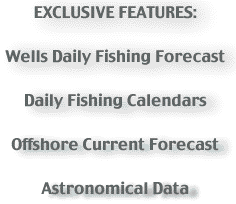
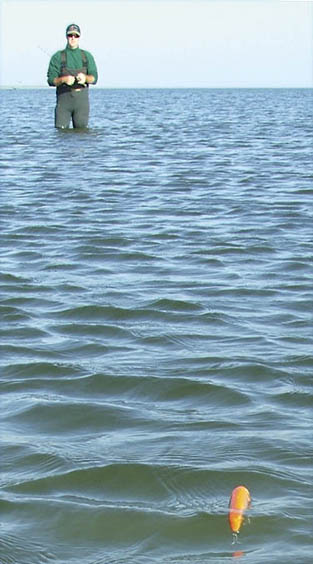
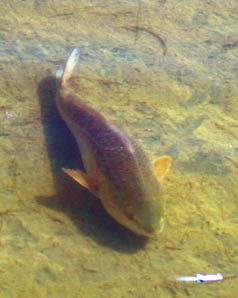 fisheries.
That's not to say it doesn't get cold at the tip of Texas. Indeed it does.
But the cold weather never sticks around long. Because of this, the Lower
Laguna Madre offers anglers year around shallow water fishing action. During
the dead of winter, it is the place to be for Gulf Coast fishermen who
have tired of dredging deep holes and channels for specks and reds.
fisheries.
That's not to say it doesn't get cold at the tip of Texas. Indeed it does.
But the cold weather never sticks around long. Because of this, the Lower
Laguna Madre offers anglers year around shallow water fishing action. During
the dead of winter, it is the place to be for Gulf Coast fishermen who
have tired of dredging deep holes and channels for specks and reds.
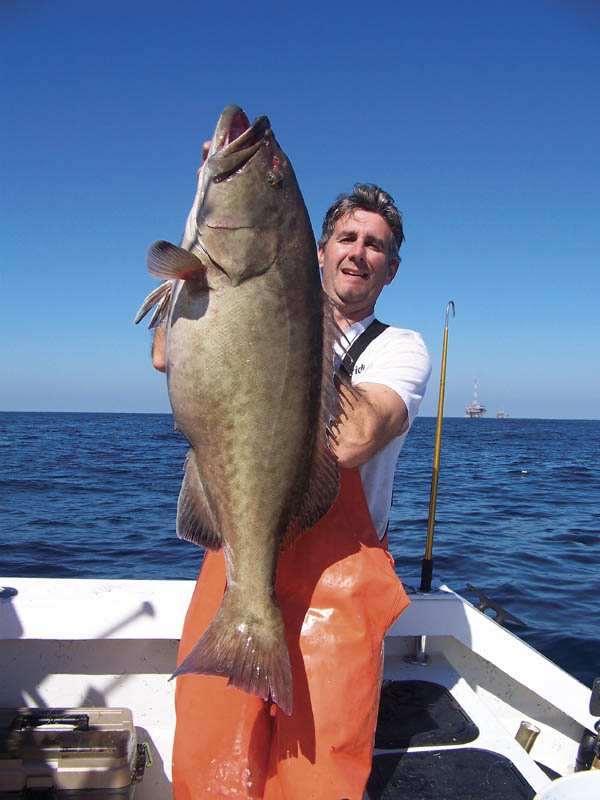
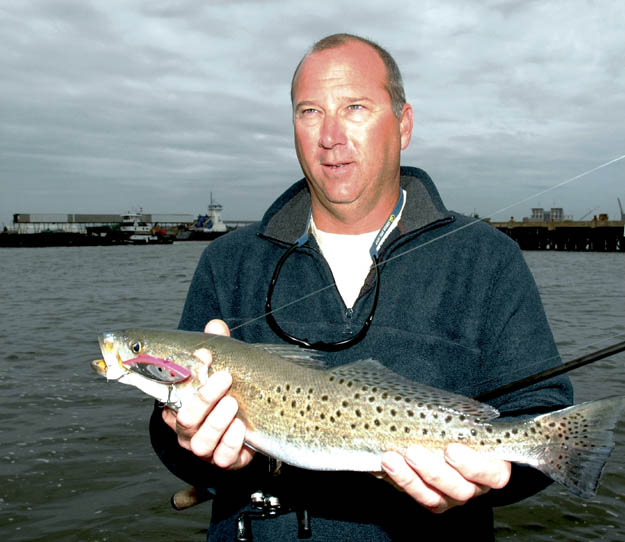
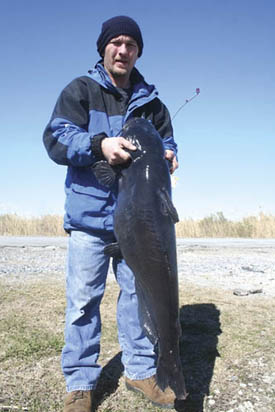 Blue
cats and reds connect in the brackish marsh
Blue
cats and reds connect in the brackish marsh It would be hard to imagine going to Houma, Louisiana
and not letting the good times roll . Located about an hour from
New Orleans, this is the heart of Louisiana Cajun country in Terrebonne
Parish.
It would be hard to imagine going to Houma, Louisiana
and not letting the good times roll . Located about an hour from
New Orleans, this is the heart of Louisiana Cajun country in Terrebonne
Parish.